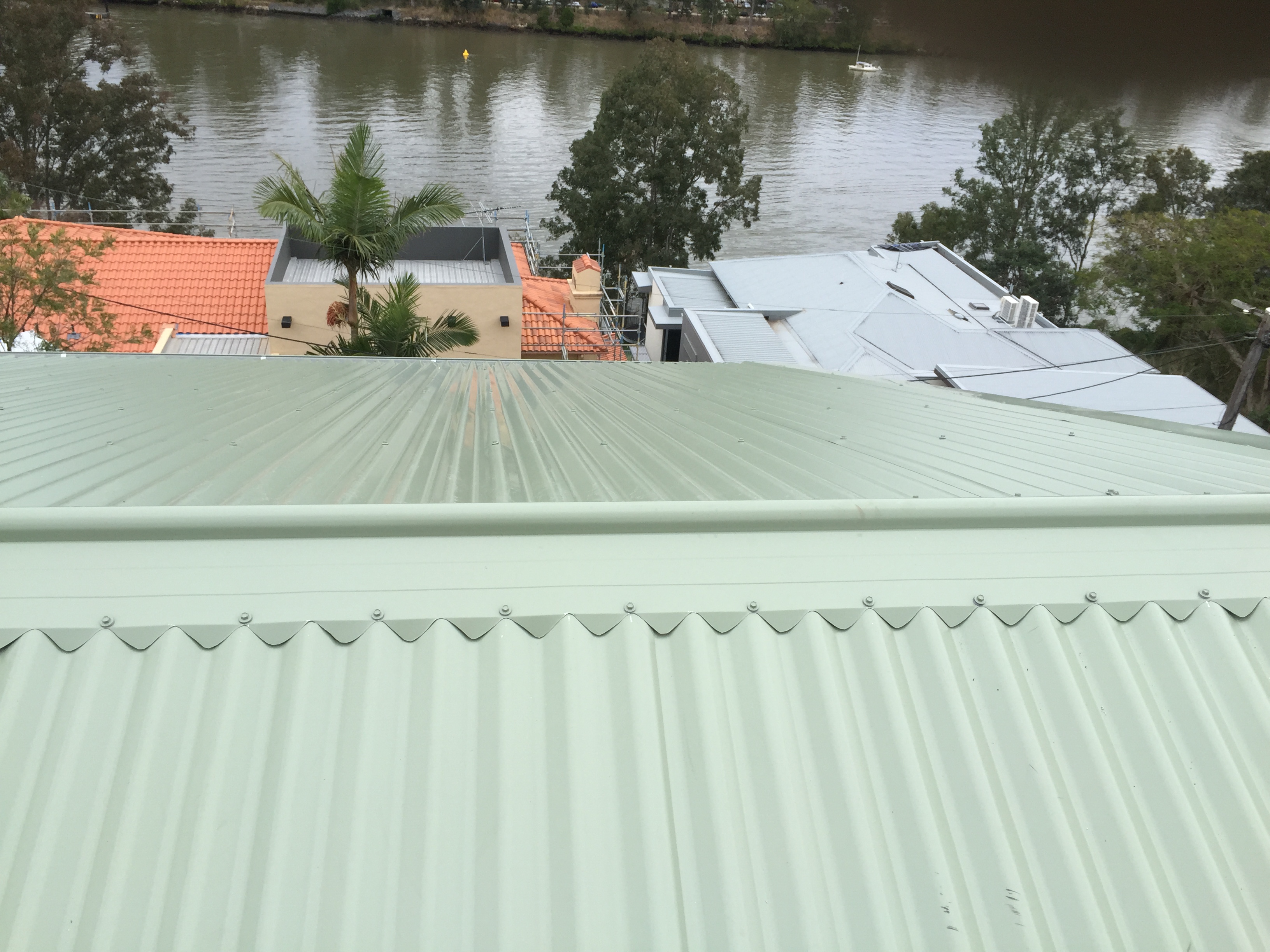Roofing is a important part of architecture for several important causes:
Protection from the Elements: One of the primary capabilities of a roof is to provide shelter and protection from environmental components such as rain, snow, wind, and extreme temperatures. It prevents water from getting into the building, which can cause structural injury, mildew growth, and different issues.
Structural Integrity: Roofs play a crucial function in sustaining the structural integrity of a constructing. They distribute the burden of the roof and any hundreds (e.g., snow) evenly to the walls and foundation. A well-designed and properly constructed roof ensures the steadiness and safety of the complete structure.
https://roofrestorationtownsville.com/ and Design: Roofs are a visible and distinguished a part of a constructing's exterior. Architects use roof design to reinforce the general aesthetics of a structure. The shape, material, and elegance of the roof can contribute to the architectural character and appeal of a building.
Environmental Considerations: Sustainable structure locations an emphasis on energy effectivity and environmental accountability. Roofing supplies and design can impression a constructing's energy performance. For example, cool roofs can mirror extra daylight and absorb much less heat, reducing cooling costs and urban heat island effects.
Natural Lighting and Ventilation: Roof design can incorporate features like skylights, dormers, and roof vents to provide natural lighting and ventilation within a constructing. This can enhance indoor comfort and cut back the need for artificial lighting and mechanical ventilation.
Historical and Cultural Significance: In some architectural types, similar to Gothic or Victorian, the roof could be a key element that displays the historic and cultural context of a building. Roof particulars and shapes can tell a narrative in regards to the period during which a construction was built.
Space Utilization: Roof design can create extra usable house inside a constructing, similar to attic rooms, rooftop gardens, or outside living areas. Architects typically contemplate the means to maximize space and performance when designing roofs.
Energy Efficiency: Energy-efficient roofing supplies and design can contribute to a constructing's overall power efficiency. Proper insulation and air flow might help regulate indoor temperatures and scale back heating and cooling prices.

Safety and Fire Resistance: Roofing supplies are chosen with safety in mind. Some materials, like fire-resistant roofing, might help forestall the spread of fires in a building, providing valuable time for occupants to evacuate.
In summary, roofing is a basic facet of structure that combines useful and aesthetic concerns. It not only protects the inside of a constructing from the elements but also contributes to the overall design, sustainability, and security of a construction. Architects rigorously consider roofing materials, shapes, and features to attain their design targets while ensuring the comfort and well-being of constructing occupants..
